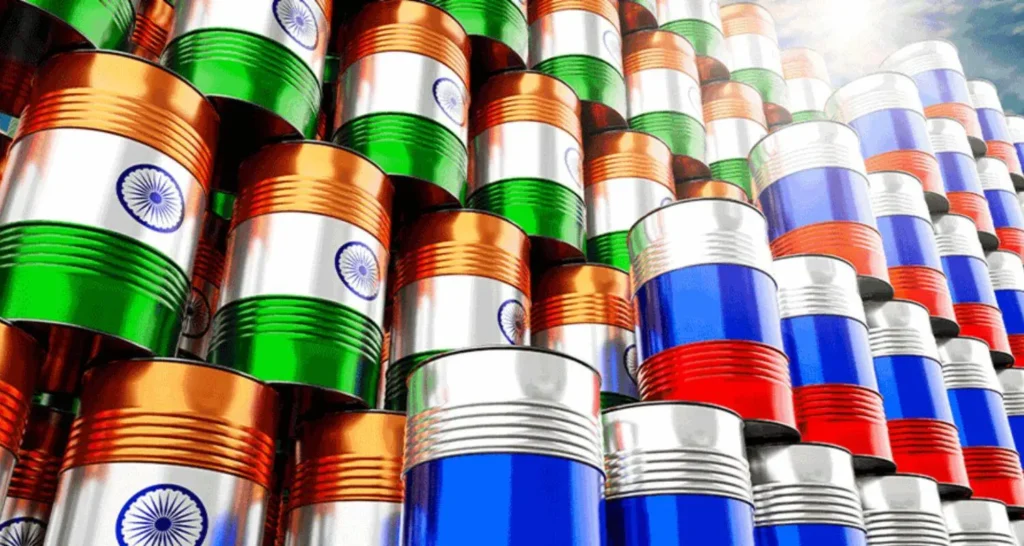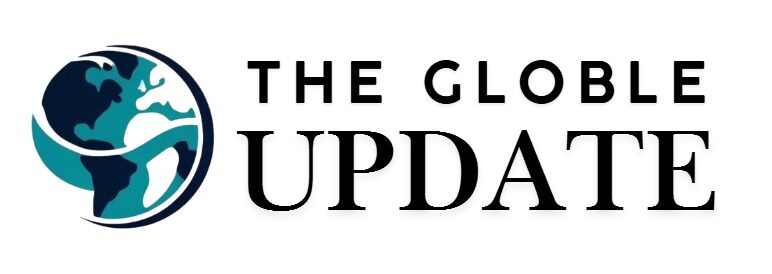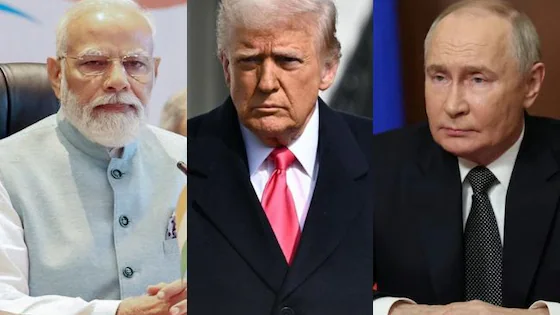The longstanding strategic balancing act between Indian Prime Minister Narendra Modi and former U.S. President Donald Trump is unraveling over a thorny issue — India’s continued import of Russian oil.
Despite years of diplomatic warmth, Trump has now issued a direct warning: end oil trade with Russia or face increased tariffs. But for India, the demand collides with the realities of energy security, economic growth, and geopolitical legacy.
Trump’s Threats Over Russian Oil
In a recent CNBC interview, Trump vowed to “substantially” raise tariffs on Indian goods, targeting India’s Russian oil imports as a violation of Western pressure to isolate Moscow. This comes after a previous announcement of a 25% tariff on Indian exports.
Trump criticized India for being Russia’s top energy buyer alongside China, and for its continued military and energy ties with Moscow. However, India has dismissed the tariffs as “unjustified,” pointing out that many Western nations still trade with Russia in other sectors like chemicals and fertilizers.
Why India Relies on Russian Oil

Photo Credit :- newsarenaindia
India imports nearly 80% of its crude oil needs. Russian oil, offered at discounted rates since the Ukraine war, accounts for 36% of India’s total imports — making Russia India’s largest supplier.
The economic benefits are clear: a growing population of over 1.4 billion and expanding middle class mean skyrocketing energy demand, which discounted Russian oil helps manage.
Why Alternatives Are Limited
Finding a replacement for Russian oil isn’t simple. Supply from traditional sources like the Middle East is limited, and past U.S. sanctions have blocked Indian access to Iran and Venezuela.
| Criteria | Russian Oil | Middle Eastern Oil |
|---|---|---|
| Price | Heavily discounted | Market rate |
| Availability | Stable and high | Limited spare capacity |
| Political Restrictions | Sanctioned | Open |
| Infrastructure Compatibility | High | High |
Modi’s administration has argued that sourcing oil is an economic decision, not a political one. Cutting Russian crude “overnight” is not feasible without major disruptions to India’s economy.
Global Implications of India’s Oil Policy
India’s import of Russian crude has broader implications. Much of this oil is refined domestically and exported globally — including to the U.S. and Europe. Since the oil is refined in India, it bypasses direct sanctions on Russian crude, creating a legal loophole that keeps global fuel prices relatively low.
In 2023, India exported $86.28 billion in refined petroleum products, making it the world’s second-largest petroleum exporter.
Analysts warn that forcing India to stop this trade could lead to:
- Global oil price spikes
- Higher inflation in the U.S. and Europe
- Disrupted energy supply chains
A Decades-Old Relationship
India and Russia share a history rooted in Cold War alliances. Russia remains India’s top arms supplier, even as India strengthens ties with the U.S., France, and Israel.
While Trump and Modi have often showcased their friendship publicly, tensions have grown. Trump’s recent remarks blaming India for supporting Russia’s war machine and claiming credit for unrelated ceasefire events have irritated Delhi.
What’s Next?
India is unlikely to bow to Trump’s demands in the short term. Modi’s strategy includes gradual diversification of oil sources and continued diplomatic talks. But for now, India’s Russian oil imports remain central to its energy strategy and economic stability.
Internal Linking Suggestions:
To improve SEO further, consider internally linking this post to related content such as:
- “How India Became the World’s Top Petroleum Exporter”
- “Trump’s Global Tariff Strategy: Winners and Losers”
- “Understanding India’s Energy Dependence in a Changing World Order”




